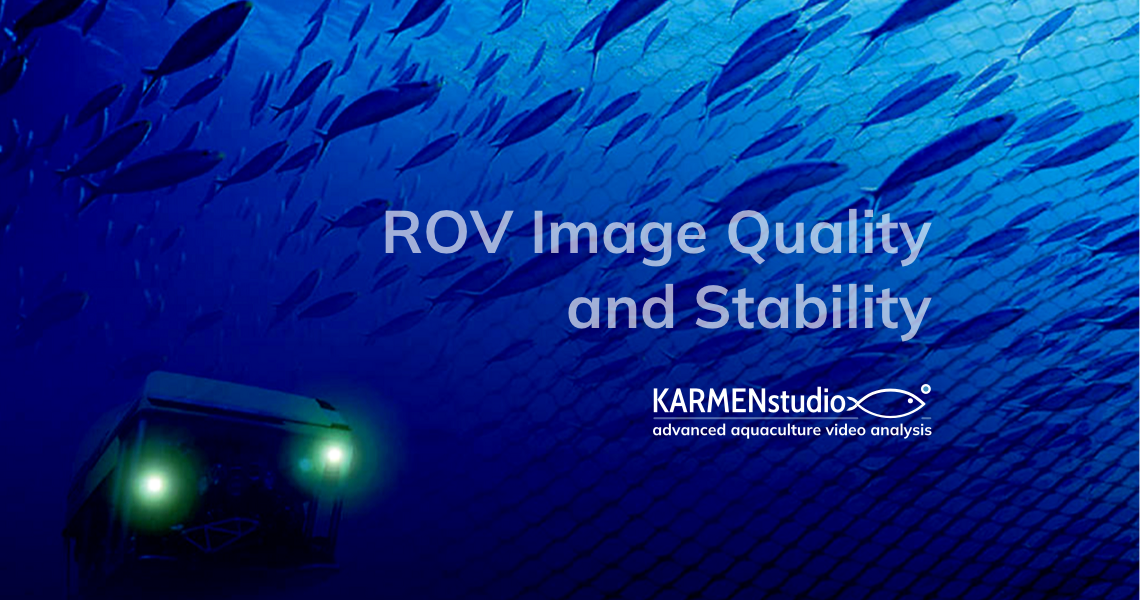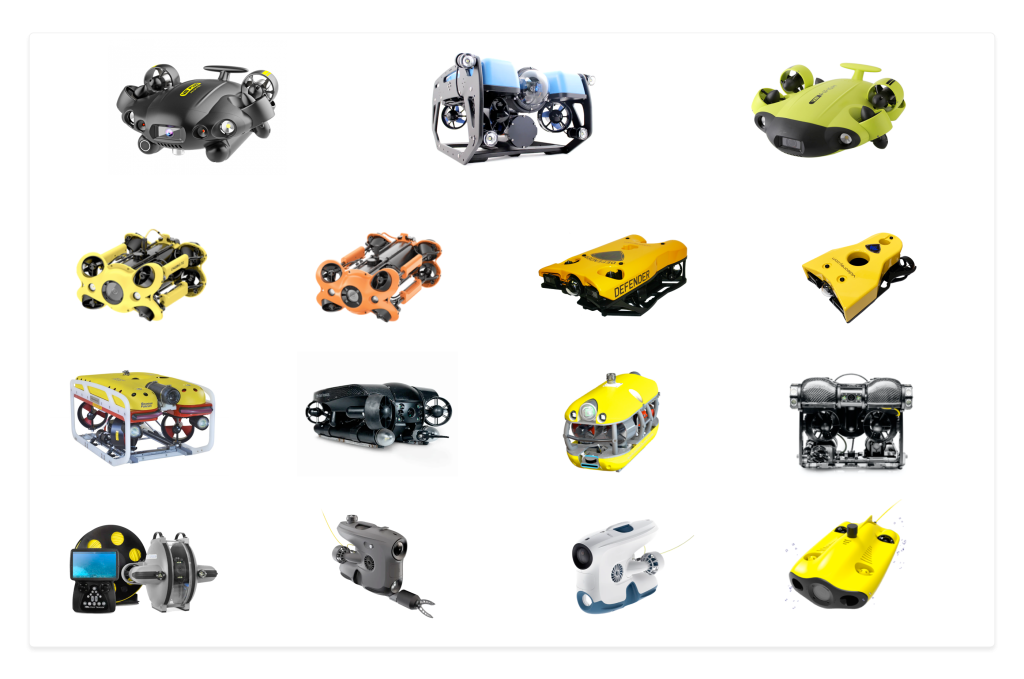
Importance of Image Quality and Stability in ROV Cameras for AI Video Analysis in Aquaculture Inspections
Image quality is the most important parameter for AI analysis. The camera’s stability and resolution are crucial in obtaining clear and detailed images suitable for AI automatic video analysis.
ROV video recordings are used to monitor and analyze fish behavior, growth, health, and underwater cage infrastructure in aquaculture. High-quality image recordings are crucial for successful AI video analysis in these inspections. While the ideal resolution for ROV cameras used in aquaculture for AI video inspection analysis is 4K, Full HD may also suffice, especially if the camera can be positioned closer to the objects being analyzed.
Skilled operators can optimize image quality for analysis and monitoring by adjusting camera settings, positioning, and orientation. Experienced ROV operators can position the camera optimally for each inspection purpose, which can compensate for the lower resolution and stability of the camera. In addition to resolution, the camera’s stability is crucial for capturing clear images in low-light or murky conditions. The quality of the image stabilization system and its responsiveness can help minimize the impact of motion blur on the resulting images.
ROV cameras are also used to inspect fish pen nets for biofouling, which can harm fish health and growth by reducing dissolved oxygen levels in the cage. High-resolution cameras with stability and flexible placement can identify biofouling areas and types, promoting healthy and sustainable aquaculture practices.
ROV cameras used for aquaculture inspections may also have adjustable lighting features to optimize image quality in different lighting conditions. Furthermore, some ROV cameras may be able to zoom in and out, allowing operators to autofocus on specific areas of interest or get a wider view of the scene. This can be useful for inspecting fish pen nets and underwater structures for damage or biofouling and monitoring fish behavior and health.
Overall, the combination of high resolution, stability, adjustable lighting, and zoom capabilities can enable ROV cameras to capture clear and detailed images for accurate and reliable monitoring and AI video analysis in aquaculture. However, it’s important to note that the skill and experience of the ROV operator is critical in optimizing image quality and capturing the necessary information for any AI video analysis and final decision-making.

